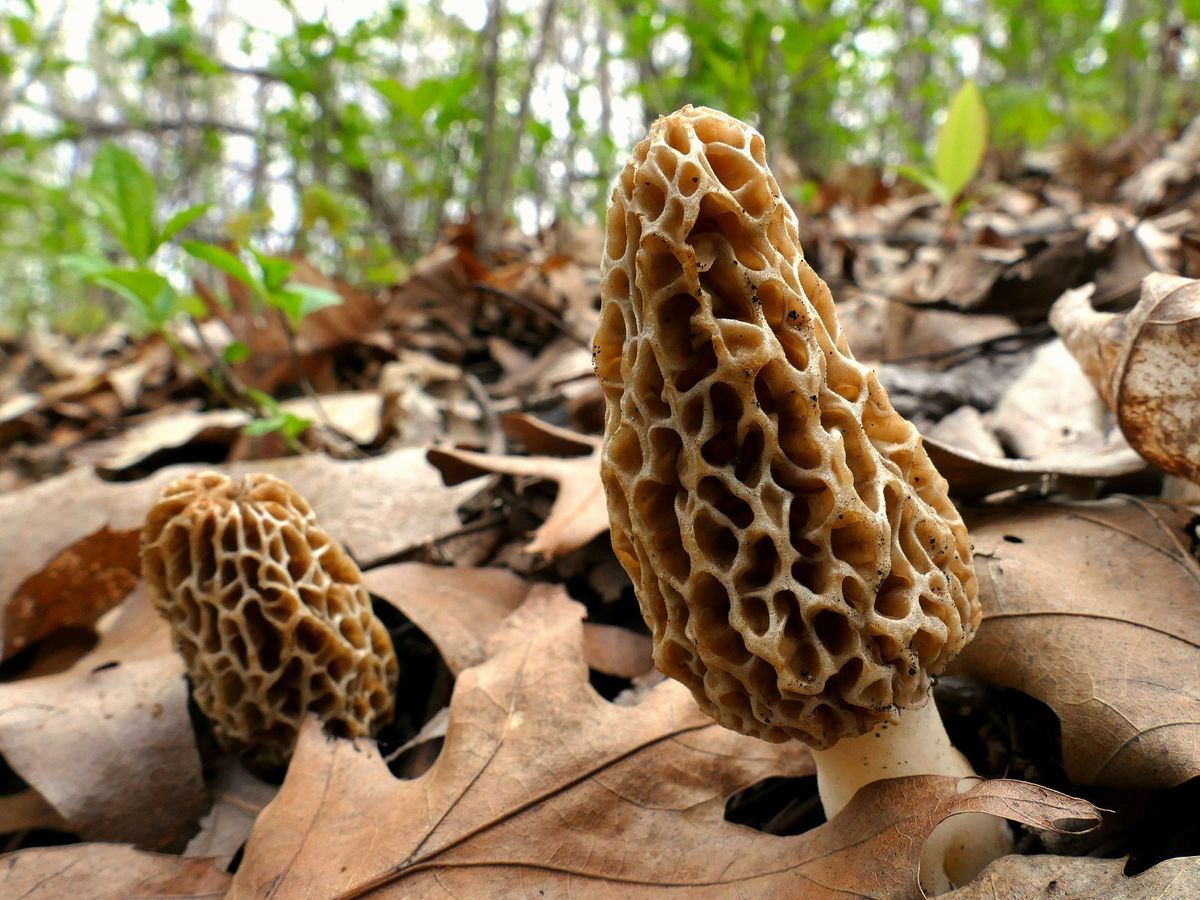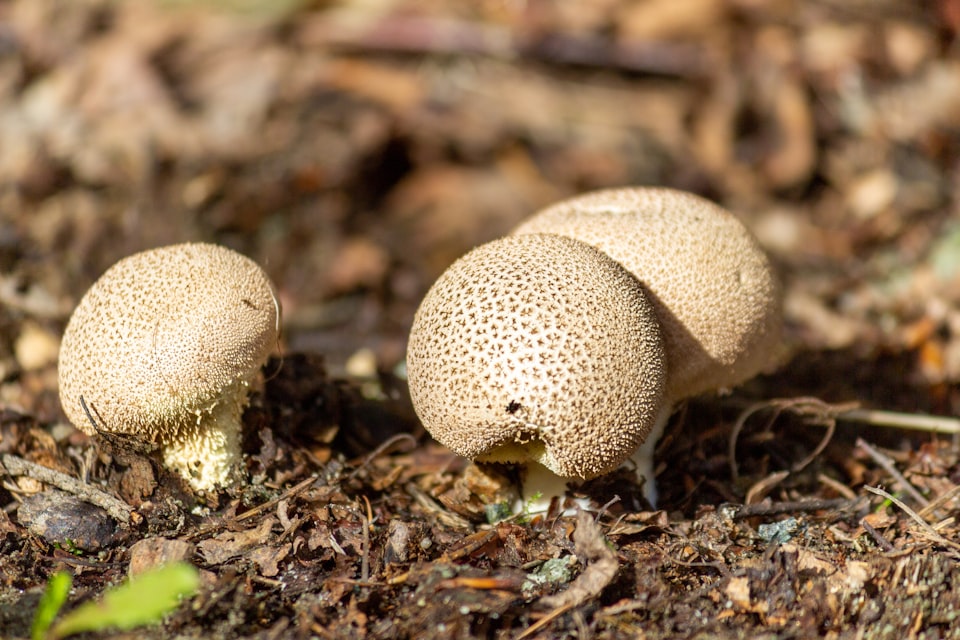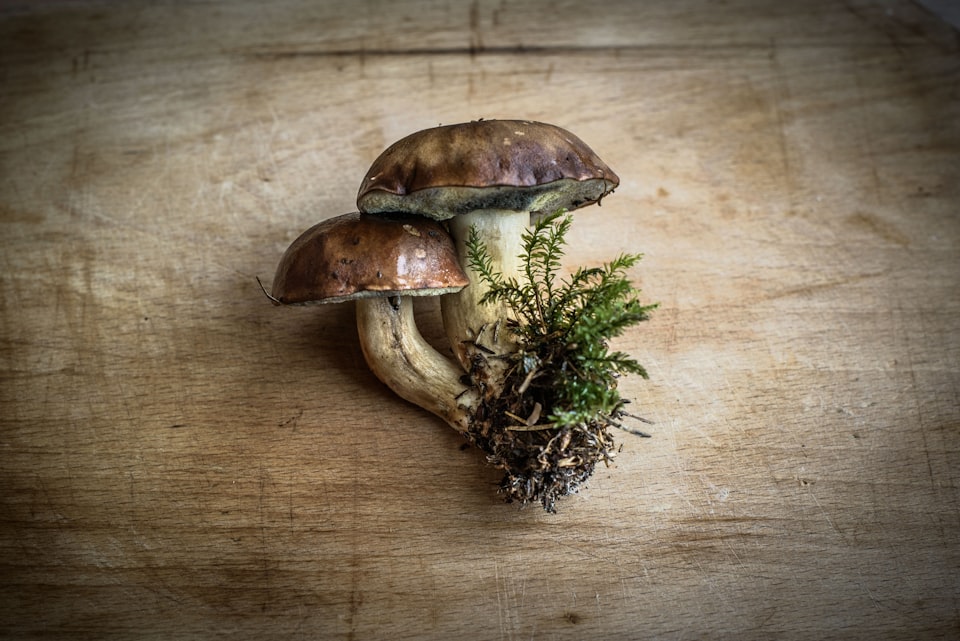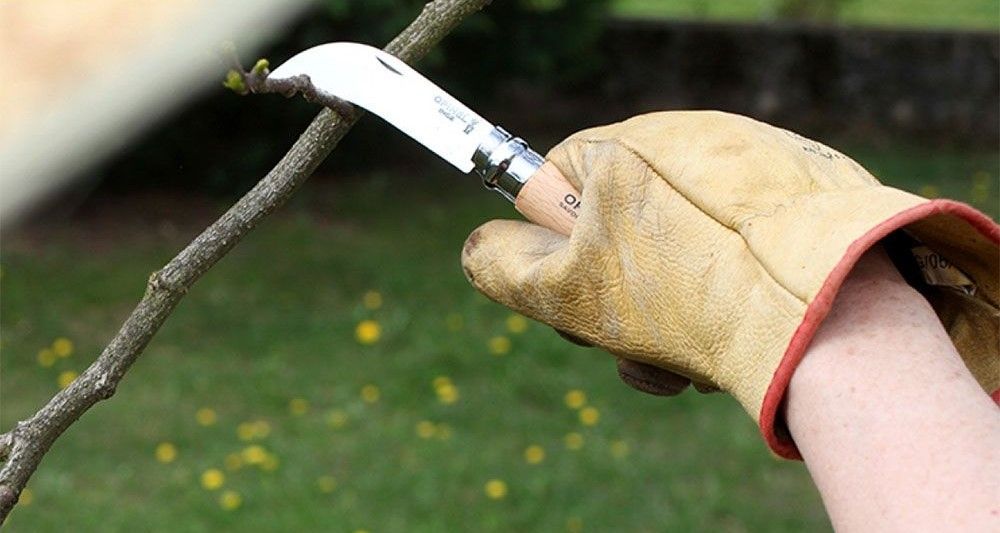III: Morel
The pleasures and profits of morel hunting.

Good morning. Today is tridi, the 13th of Germinal, Year CCXXXI. We celebrate la morille, a delicious fungus with a sponge for a head.
Morel hunting is a big deal in certain pockets of the North American midwest, where spring comes in rough and uneven, and rivers carve out hollers in the forest where morels like to sprout at the base of elms and tulip poplars. A good spot – also called a honey hole – can produce a bushel of morels, but more commonly a good solid day of trudging in the woods with your dog will yield a handful or a dozen from a couple locations.
The activity itself is fun, healthy, and wholesome, but it's given a lot of extra vim by the fact that morels sell for up to $200 a pound and (until very recently) resist any sort of controlled cultivation. Morel hunting's a good springtime hobby, and also a trip to a woodsy casino.



